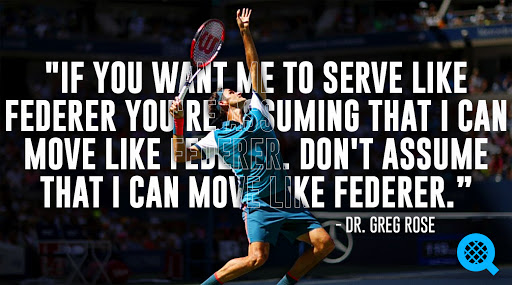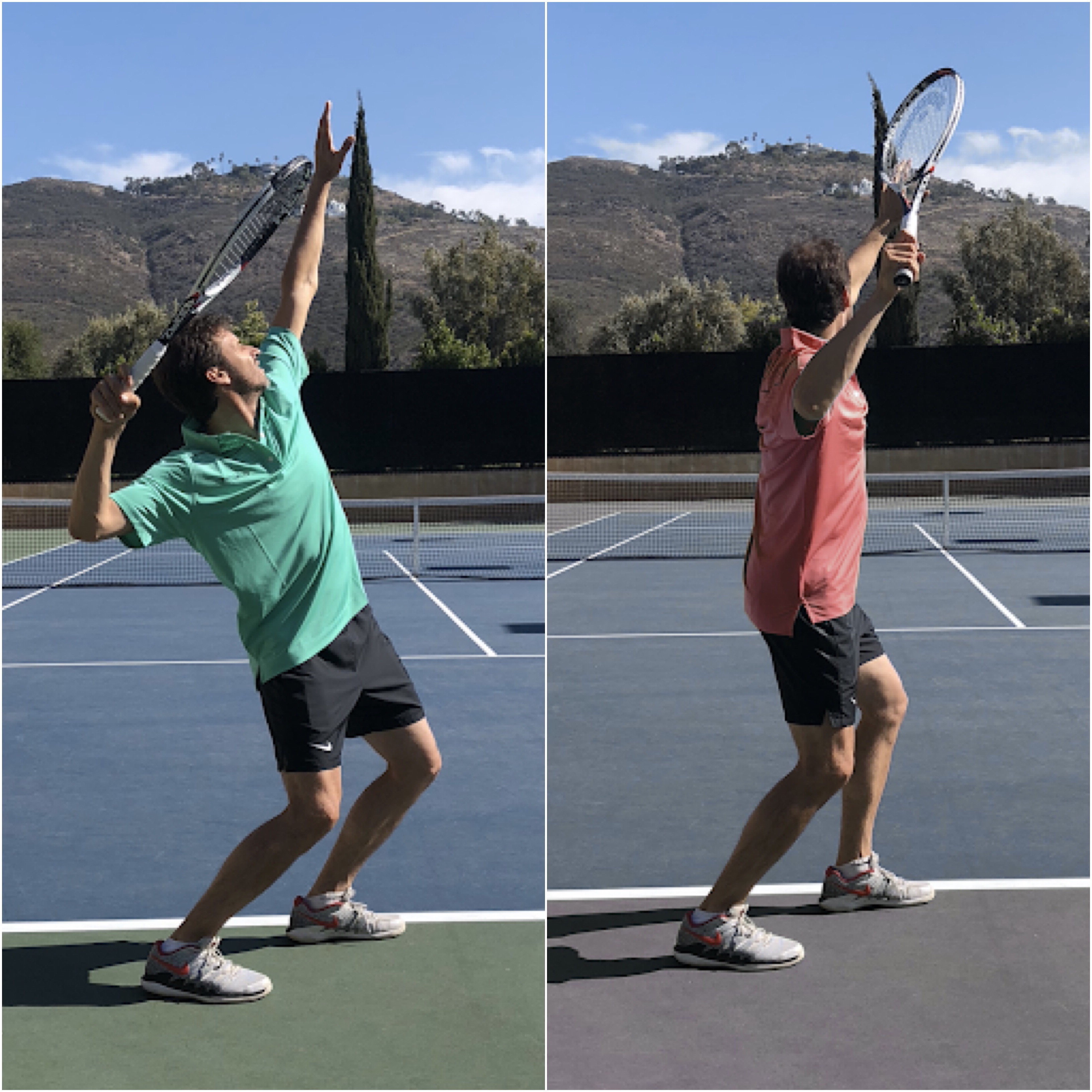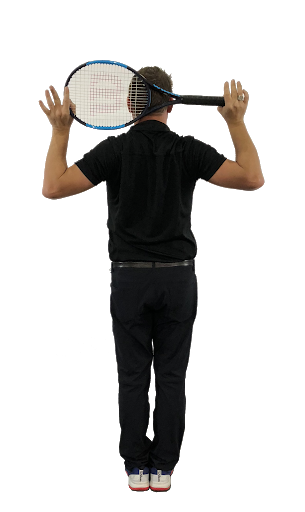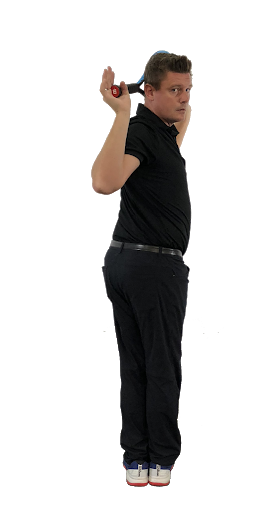No Coil Serve Characteristic
Thu Nov 15, 2018 by RacquetFit
How many coaches have experienced this: A player arrives for a lesson and announce their intention of learning to swing and serve like their favorite player. The coach goes to work, offering analysis and technical cues in hopes of bridging the gap between their student and the generational athlete they hope to emulate. After an hour of work, progress is limited. The student still isn’t doing what their favorite player is doing.
Does this mean that the student is a poor athlete? Or that the coach is ineffective at communicating a desired technical change? No. Allow me to present a third option: the student does not have the movement capabilities required to reproduce what their favorite player does.
At RacquetFit, we’re obsessed with understanding how the human body moves in tennis. The sport of tennis presents unique physical demands and we believe that coaches and athletes should consider how they move when designing how they play.
One problem with modeling your game after a professional player is that the strokes you see on TV belong to athletes who not only have elite technique, but elite movement capabilities.
If you want your athlete to copy Federer, you better hope they can move like Federer.

This issue is extremely prevalent in the serve, in part because of the mobility and stability requirements. A common serve characteristic that we see is a lack of rotation in the trophy pose. In order to create explosive power during the serve, the athlete needs to be able to rotate or coil their body during the toss phase. In order to assess whether or not you are coiling enough, the front of their hip and the majority of their chest should be visible from the back camera view. If you can’t see the chest or hips, we refer to this as a swing characteristic called No Coil.

Lack of coil isn’t just the result of physical limitations. Technical issues such as poor ball toss, inefficient stance or inadequate forward weight shift can contribute to No Coil.
More often than not, however, the issue is physical.
In our opinion, if you have an athlete who wants to increase their coil, the most important thing you can do is to determine whether the issue is technical or physical. Let me show you one of the ways we teach coaches, trainers, and medical professionals to screen for rotational capabilities in our RacquetFit seminars.


The Multi-Segmental Rotation assessment tests for normal rotational mobility of the trunk, pelvis, hips, knees and feet. To perform the screen, stand with your back to a mirror (or behind your student). Stand tall, holding a racquet behind your head. Turn as far as you can to the right. If you can see your left shoulder in the mirror, there’s a good chance you have the requisite physical capabilities to coil properly in the serve (there are two additional rotational tests in the RacquetFit screen we use to confirm).
If you don’t pass the Multi-Segmental Rotation screen, the good news is you can still play great tennis. You don’t have to move like Federer to serve well, you just have to move like Federer to serve like Federer.
Our philosophy is that there are infinite ways to serve, but there’s one way to serve that is most efficient for you and it’s based on how you can move.
Once we know your screen results, we give you two options: you can work with a trainer or medical professional to move your physical capabilities or you can develop a style with your coach that works around your physical limitation.
Instructing athletes to move in a way that they are not capable of moving isn’t just the recipe for a frustrating lesson, it’s the recipe for a bad lesson. Don’t guess how your athlete moves, assess how your athlete moves.
If you’re interested in learning more about RacquetFit and how to physically screen and evaluate your athletes, check out our website: www.racquetfit.com
We look forward to seeing you at one of our 2019 Locations:
Phoenix - 2/07-08/2019
Orlando - USPTA Headquarters 3/29-20/2019
Newark - 5/24-25/2019
Dallas - 7/18-19/2019Las Vegas - Attached to the USPTA World Conference 9/28-29/2019
Atlanta - 11/15-16/2019